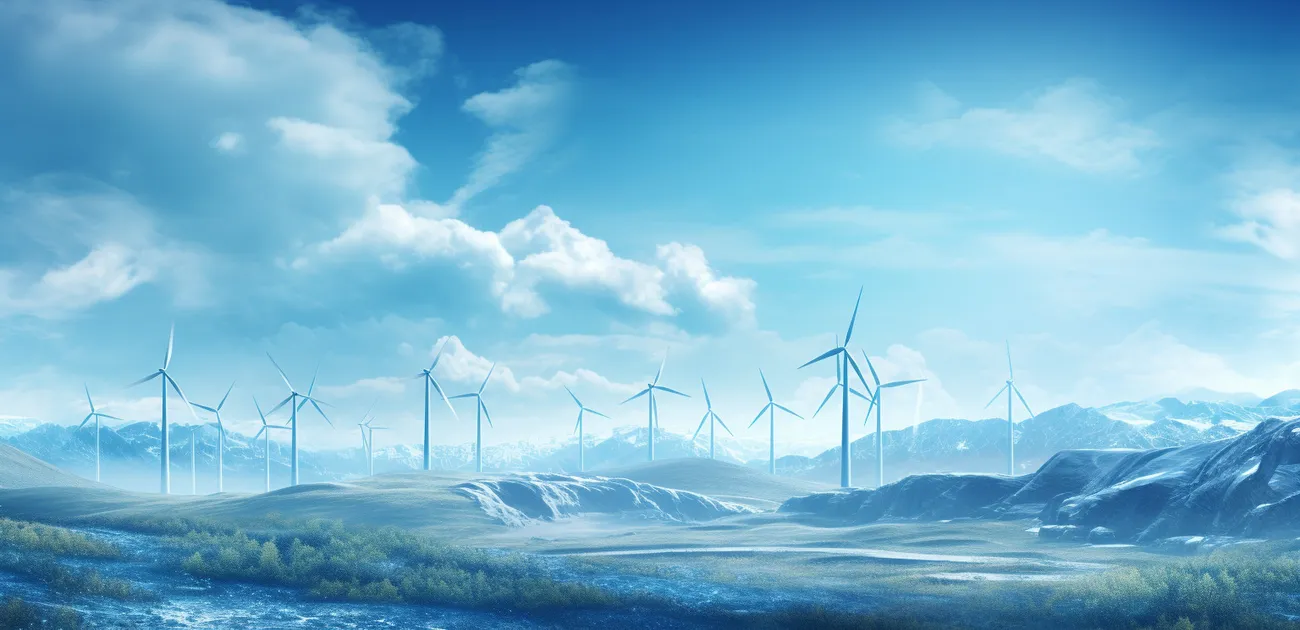Innovations in Wind Farm Operations through Machine Learning

Innovations in Wind Farm Operations through Machine Learning
Table of Contents
- Introduction
- Understanding Wind Farm Operations
- The Role of Machine Learning
- Predictive Maintenance
- Optimizing Wind Turbine Performance
- Fault Detection and Diagnostics
- Advanced Wind Forecasting
- Conclusion
Introduction
Wind energy is rapidly becoming a key player in the global renewable energy sector, and wind farms are now a common sight across the world. As wind farms continue to grow in size and complexity, the need for efficient and optimized operations becomes crucial. One significant advancement that has revolutionized wind farm operations is the integration of machine learning techniques. Machine learning algorithms have the potential to enhance the performance, maintenance, and forecasting capabilities of wind farms. In this article, we will explore the innovative applications of machine learning in wind farm operations and their significant impact on the renewable energy industry.
Understanding Wind Farm Operations
Before delving into the role of machine learning in wind farm operations, it's essential to understand the various aspects of managing a wind farm. A wind farm comprises multiple wind turbines, interconnected electrical infrastructure, and sophisticated control systems. Efficiently managing these components is essential to ensure optimal power generation, minimize downtime, and improve overall profitability.
The Role of Machine Learning
Machine learning algorithms play a crucial role in enhancing wind farm operations. They leverage historical data, real-time monitoring, and advanced analytics to make accurate predictions, optimize performance, and detect anomalies. Let's explore some of the innovative applications of machine learning in wind farm operations.
Predictive Maintenance
One significant advantage of machine learning in wind farm operations is predictive maintenance. By analyzing vast amounts of sensor data from wind turbines, machine learning algorithms can detect patterns and anomalies that indicate potential failures or maintenance requirements. This proactive approach enables operators to schedule maintenance tasks effectively, reducing unplanned downtime and associated costs.
Optimizing Wind Turbine Performance
Machine learning can optimize wind turbine performance by analyzing data from various sources such as meteorological conditions, historical turbine performance, and real-time sensor data. These algorithms can identify the optimal settings for turbine control parameters, such as pitch angle and yaw control, to maximize energy production. By continuously learning from the data, machine learning models can adapt to changing conditions and fine-tune turbine operations for optimal performance.
Fault Detection and Diagnostics
Machine learning techniques can also be applied to detect and diagnose faults in wind turbines. By analyzing sensor data, machine learning models can identify abnormal patterns that indicate potential faults or degradation. This early detection allows operators to take proactive measures to prevent catastrophic failures and minimize downtime. Additionally, machine learning can assist in diagnosing the root causes of faults, enabling faster and more accurate troubleshooting.
Advanced Wind Forecasting
Accurate wind forecasting is crucial for optimizing the integration of wind energy into the grid. Machine learning algorithms can leverage historical weather data, as well as real-time sensor data from wind turbines, to improve the accuracy of wind forecasts. By considering complex factors such as wind speed, direction, temperature, and atmospheric conditions, these models can generate highly accurate wind forecasts, enabling wind farm operators to optimize power generation and grid integration.
Conclusion
Machine learning is revolutionizing wind farm operations, enhancing their efficiency, reliability, and profitability. The applications of machine learning in wind farm operations, such as predictive maintenance, optimizing turbine performance, fault detection and diagnostics, and advanced wind forecasting, are transforming the renewable energy landscape. As the technology continues to evolve, we can expect further advancements in machine learning algorithms and their integration into wind farm operations, ultimately driving the growth and sustainability of the wind energy industry.